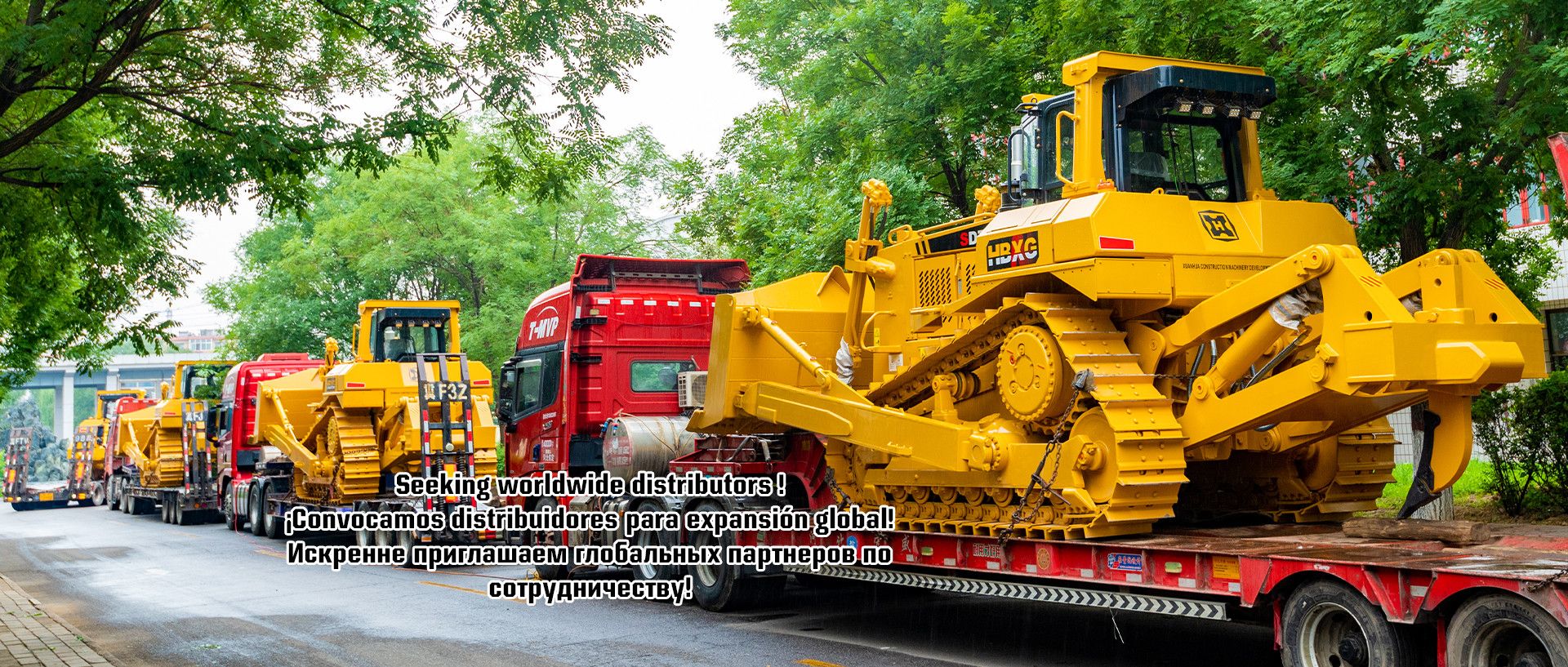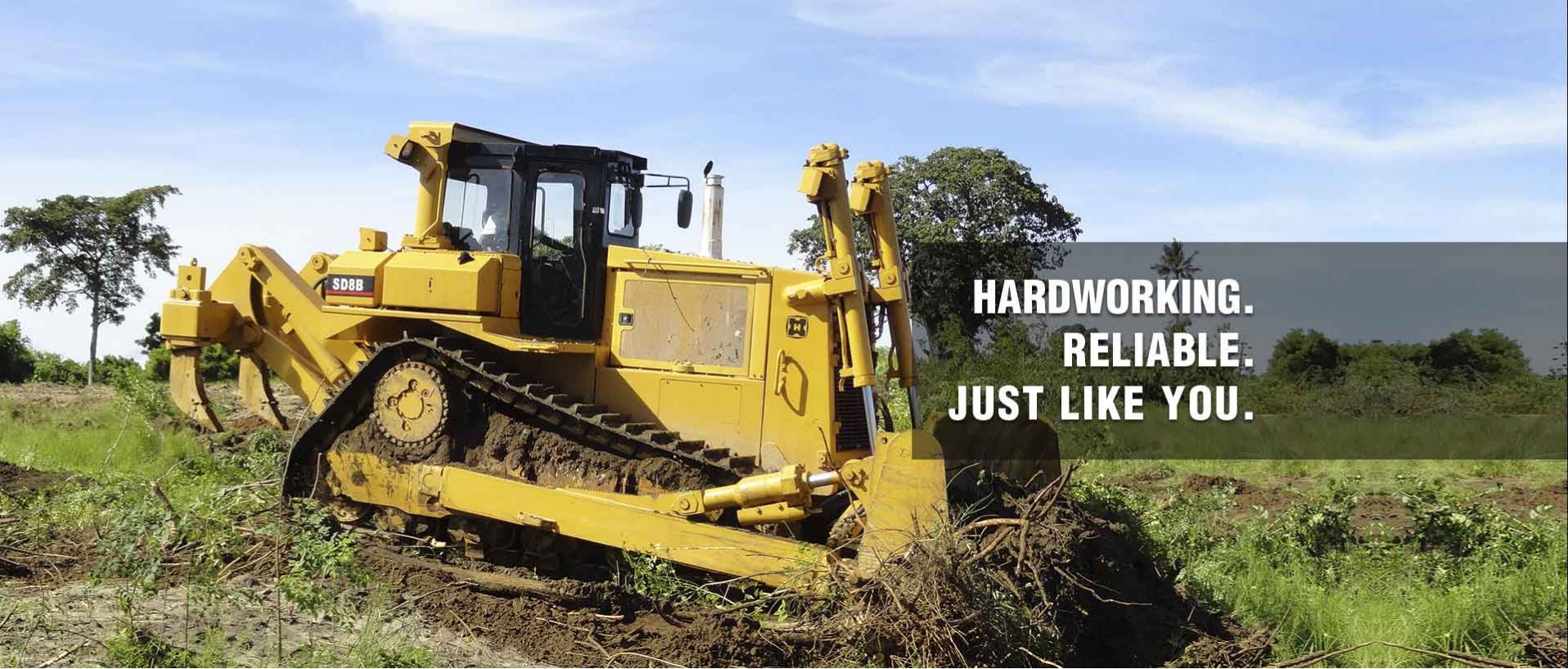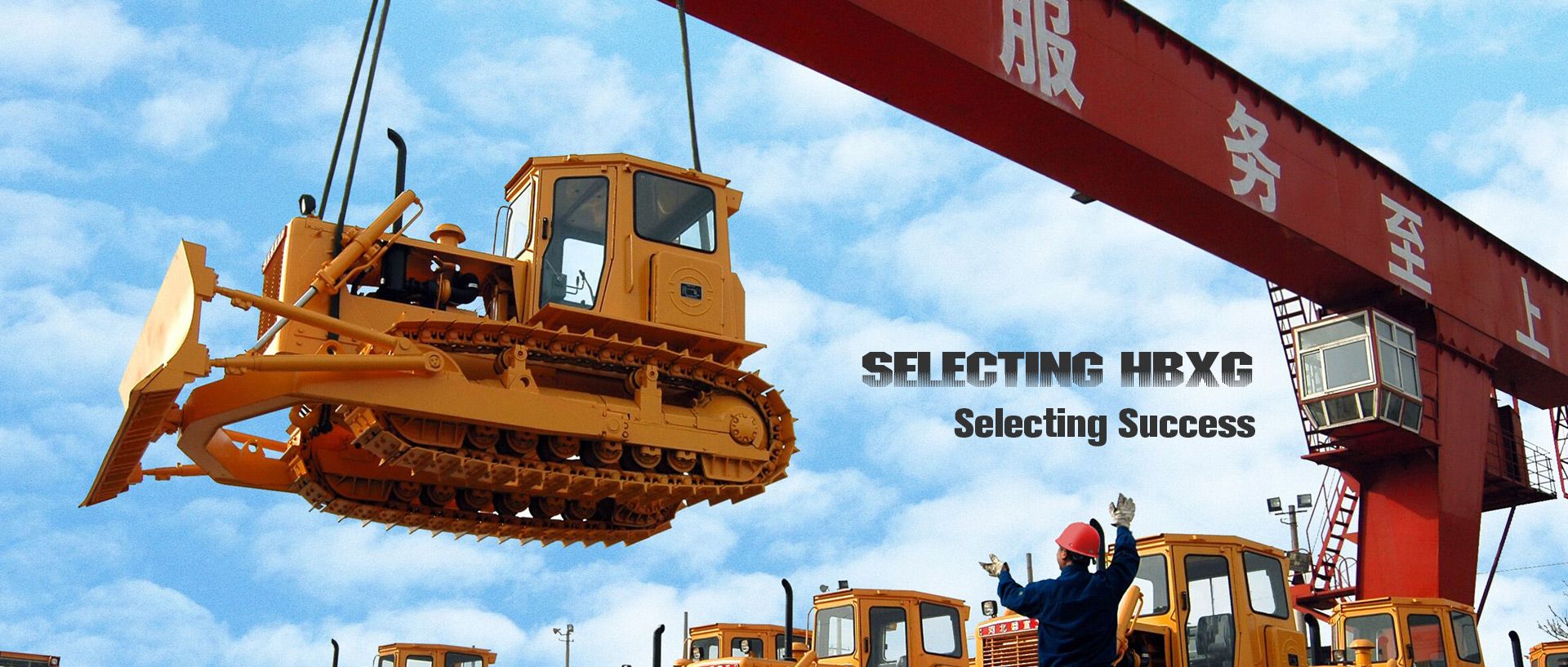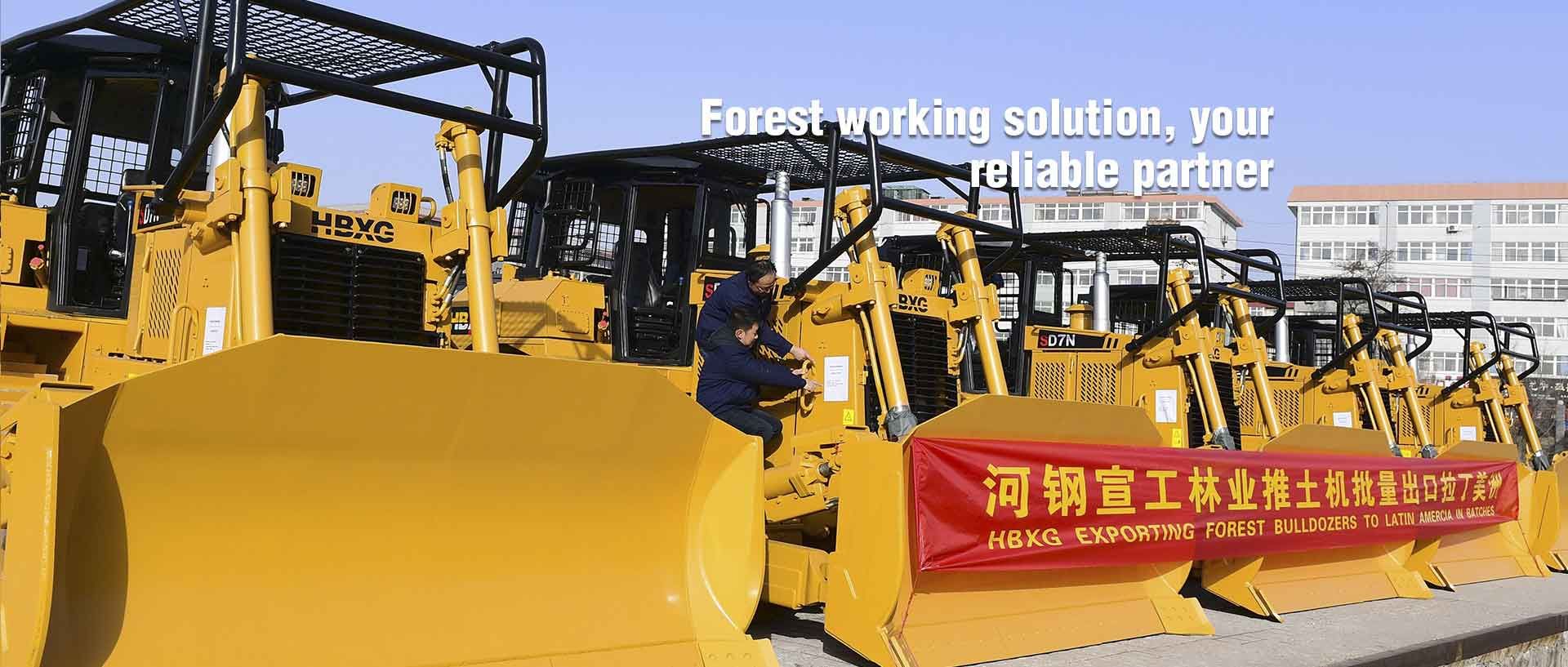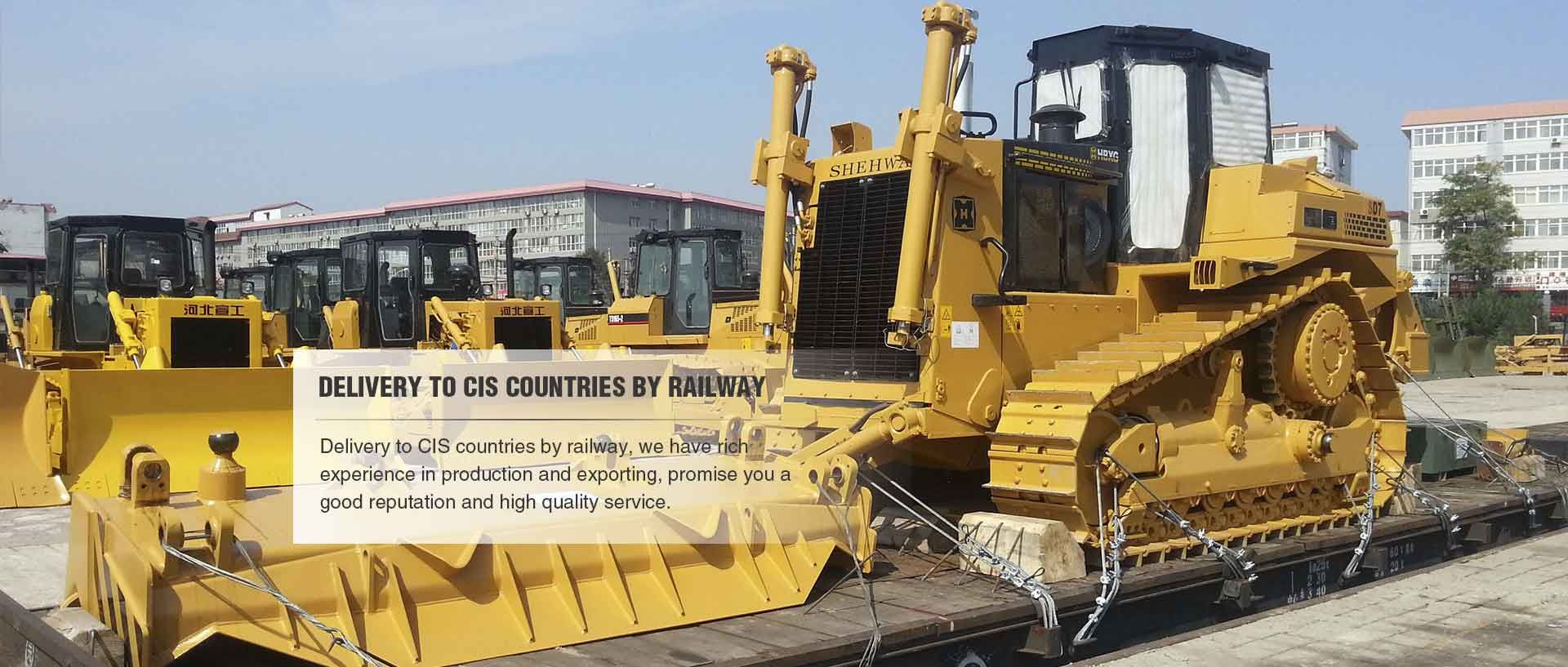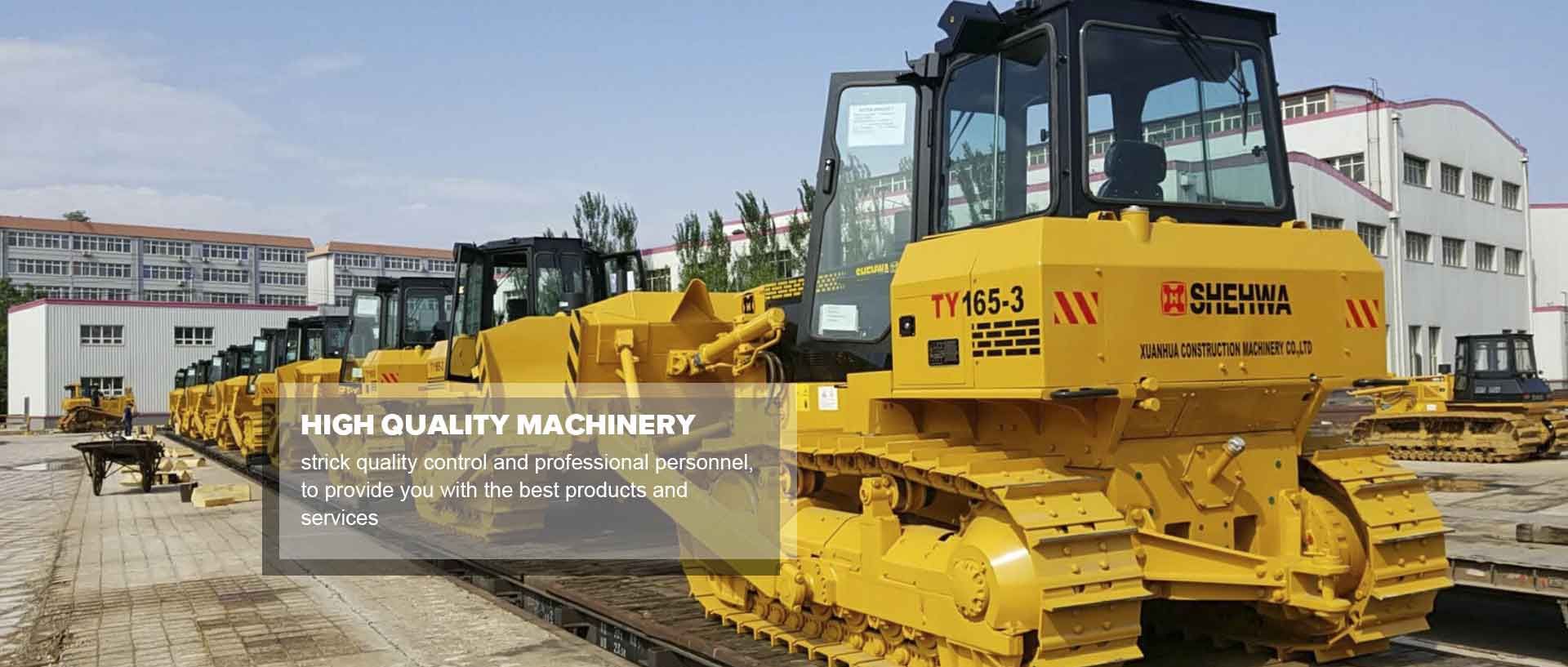Different Types of Road Rollers You Need
 Sep. 11, 2024
Sep. 11, 2024
Road rollers are essential equipment in the construction and maintenance of roads, pavements, and other infrastructures. They play a vital role in compacting soil, asphalt, and other materials to create smooth, durable surfaces. Choosing the right type of road roller for your project is crucial for achieving optimal compaction and ensuring long-lasting results. This article explores the different types of road rollers available, their specific applications, and why they are important in construction projects.
What Are Road Rollers?
Road rollers are heavy-duty machines designed to compact materials such as soil, gravel, concrete, and asphalt. They utilize a combination of weight, vibration, and pressure to ensure that the material being compacted is free from air pockets and tightly packed. Depending on the project’s requirements, different types of road rollers are used to achieve the desired level of compaction. Understanding the types and their specific uses can help contractors make better decisions when choosing the right roller for a job.
Static Road Rollers
Static road rollers are non-vibrating machines primarily used for compressing materials like soil and asphalt by relying on their weight. These rollers are ideal for compacting fine materials or surfaces where heavy vibration might cause damage. They are typically used in finishing work for road surfaces or in projects where precise compaction is necessary.
There are two types of static road rollers:
**Three-wheel rollers:** These have one large drum in the front and two smaller ones at the rear. They are typically used for light compaction tasks.
**Tandem rollers:** Featuring two large drums, tandem rollers are suitable for compacting large areas and are commonly used in road construction.
Vibratory Road Rollers
Vibratory road rollers are among the most commonly used rollers in construction projects. These machines use both weight and vibration to compact materials, making them ideal for large-scale compaction tasks such as roads, highways, and airports. Vibratory rollers are more effective than static rollers because the vibration allows them to compact denser and thicker layers of material.
Vibratory rollers come in various designs, including:
**Single drum vibratory rollers:** These have one drum in the front and wheels at the rear. They are excellent for compacting granular soil, asphalt, and crushed rock.
**Double drum vibratory rollers:** These feature two vibrating drums, which provide more uniform compaction over a wider area, making them suitable for large road projects and asphalt surfaces.
Pneumatic Rollers
Pneumatic rollers, also known as rubber-tired rollers, have several rubber tires instead of steel drums. These rollers are highly effective in compacting asphalt and other materials due to their ability to exert high pressure over a wide surface area. The tires can conform to the surface irregularities, which ensures better compaction and a smoother finish.
Pneumatic rollers are particularly useful in highway construction and finishing work, as they provide excellent compaction without leaving harsh imprints on the material being rolled.
Sheepsfoot Rollers
Sheepsfoot rollers are designed with a drum that has protruding studs or "feet." These feet penetrate the soil, making the roller highly effective for compacting cohesive soils such as clay. The studs knead the material, which enhances the compaction process, especially when dealing with wet or sticky soils.
Sheepsfoot rollers are commonly used in dam construction, landfills, and other projects that require deep compaction.
Grid Rollers
Grid rollers have a heavy cylindrical steel drum that features a grid-like pattern of steel bars. These rollers are primarily used for crushing and compacting coarse materials like gravel, stones, and rock layers. They are not as effective for finer materials but excel at preparing subgrades for road construction.
Their heavy-duty design makes grid rollers suitable for large-scale infrastructure projects where coarse material compaction is essential.
Questions and Answers
Q: What is the best type of roller for asphalt compaction?
A: Vibratory rollers, especially double drum vibratory rollers, are the best for asphalt compaction because they provide uniform pressure and vibration across the surface, ensuring smooth and consistent results.
Q: When should I use a pneumatic roller?
A: Pneumatic rollers are ideal for compacting asphalt and materials that require a smooth finish. They are commonly used in the final stages of road construction to create an even, finished surface.
Q: What is the difference between static and vibratory rollers?
A: Static rollers rely solely on the weight of the machine to compact materials, while vibratory rollers use both weight and vibration, making them more efficient at compacting dense or thick layers of material.
Q: Can a sheepsfoot roller be used for asphalt?
A: No, sheepsfoot rollers are designed for compacting cohesive soils like clay. For asphalt, vibratory or pneumatic rollers are recommended to achieve a smooth, even surface.
Conclusion
Choosing the right type of road roller is critical to the success of any construction project. Whether you're working with asphalt, soil, or other materials, selecting the appropriate roller will ensure proper compaction, which directly impacts the durability and quality of the surface. Understanding the various types of road rollers, including static, vibratory, pneumatic, and sheepsfoot rollers, will help you make an informed decision and ensure long-lasting results for your project.















